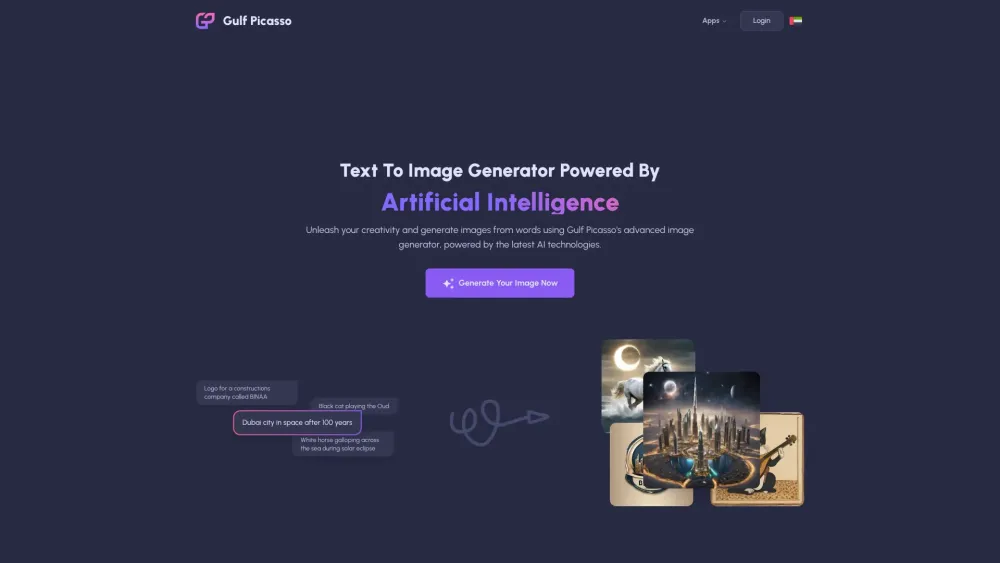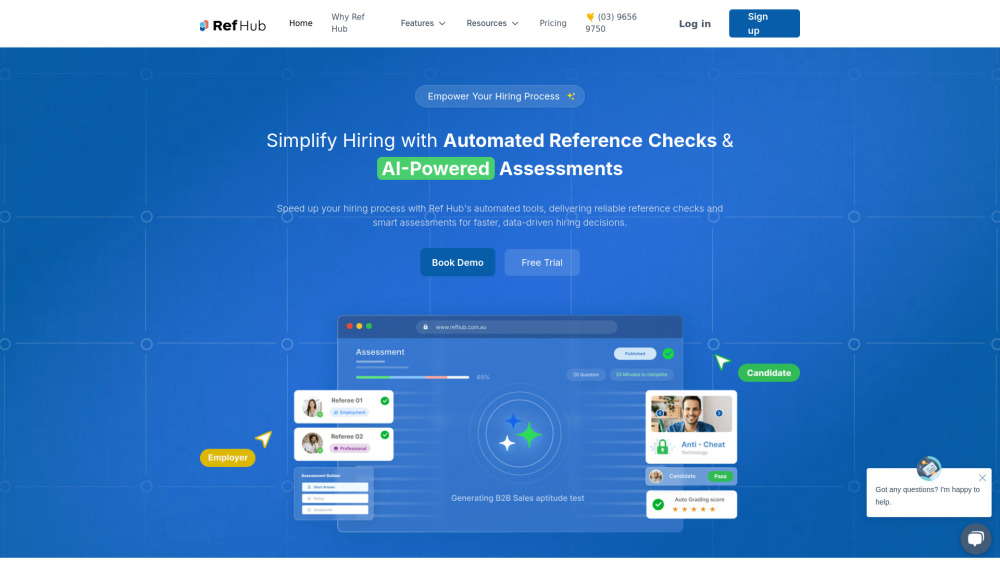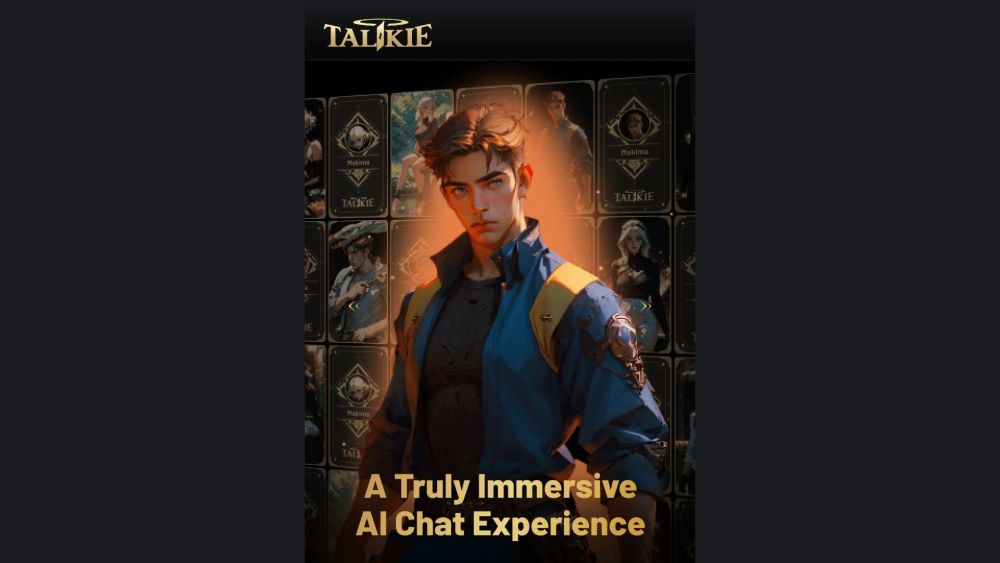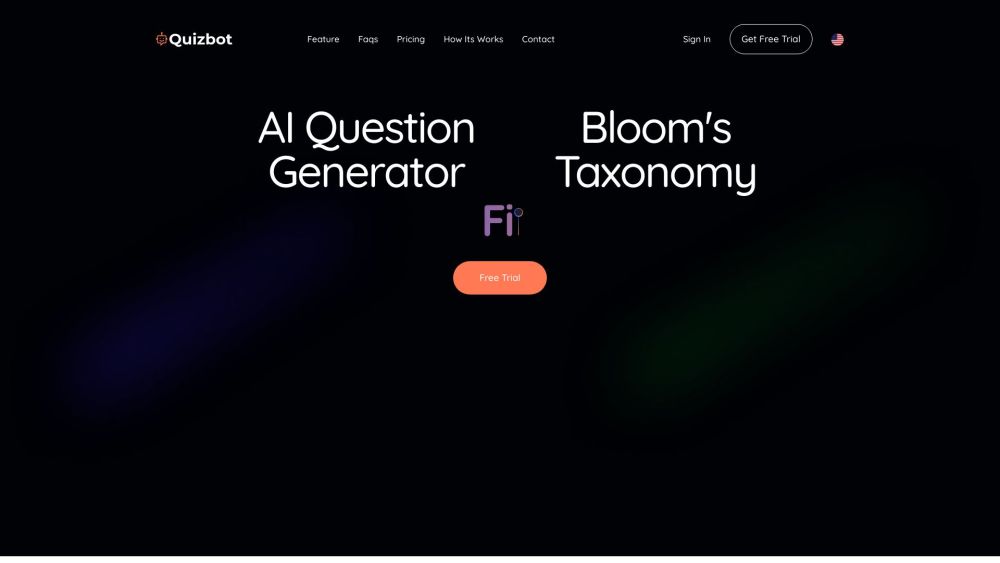Meta has introduced the groundbreaking Llama 3.1 405B, the largest open-source AI system ever developed, featuring an astonishing 405 billion parameters. This model builds on the foundation laid by the Llama 3 series, which was launched earlier this year. The company has made significant strides in enhancing its capabilities by creating this massive model, which it describes as "in a class of its own."
Llama 3.1 offers a robust underlying architecture suitable for a variety of applications, including multilingual conversational agents and detailed text summarization. To facilitate implementation, a revamped Stack API has been introduced, making it more user-friendly. Meta highlights the potential of this model to empower the AI research community by enabling new workflows, such as synthetic data generation and model distillation.
In the competitive landscape of AI, Llama 3.1 aims to rival major foundation models like OpenAI’s GPT-4 and Claude 3.5 from Anthropic while maintaining its open-source nature. Mark Zuckerberg, CEO of Meta, anticipates a pivotal shift in the industry, suggesting that more developers will favor open-source solutions moving forward.
Size and Performance
Prior to the launch of Llama 3.1, the largest model in the Llama series had only 70 billion parameters. In stark contrast, the new model towers over OpenAI's GPT-3, which has 175 billion parameters. Although the exact size of GPT-4 remains undisclosed, estimates suggest it could reach into the trillions, highlighting the significance of Llama 3.1’s 405 billion parameters. Even with potential size differences, Meta asserts that Llama 3.1 competes effectively against these proprietary systems, excelling in areas like general knowledge, steerability, mathematical reasoning, tool usage, and multilingual translation. Recent benchmark results indicate that Llama 3.1 outperforms competitors like Claude 3.5 and GPT-4o in tests such as GSM8K and Nexus, while remaining competitive on established metrics like HumanEval and MMLU.
Technical Insights
Training Llama 3.1 involved over 15 trillion tokens and utilized a substantial array of resources: 16,000 Nvidia H100 GPUs, over several months. Its context length has been significantly expanded to 128,000 tokens, equivalent to approximately 96,241 words. While this figure is lower than the touted 2 million context length of Gemini 1.5 Pro, Meta's latest model enhances reasoning capabilities, allowing for better processing and comprehension of long text sequences.
Notably, Meta's engineering approach emphasizes simplicity, employing a standard decoder-only transformer architecture with only minor adaptations. The development team also focused on refining the model's performance through several rounds of post-training, utilizing synthetic data to enhance its capabilities.
Safety and Transparency
Recognizing the challenges associated with larger models, Meta has prioritized safety in the design of Llama 3.1 405B. The company conducted thorough risk assessments, safety evaluations, and extensive red-teaming exercises with both internal and external experts before its release. This collaborative approach aimed to ensure that the model would provide safe and sensible outputs across multiple languages. Zuckerberg highlights that open-source models like Llama 3.1 405B benefit from greater transparency and scrutiny than their closed counterparts.
To bolster safety, Meta has introduced measures like a prompt injection filter, assuring users that these enhancements do not compromise response quality.
Accessibility and Impact
Llama 3.1 remains open-source and is readily accessible to anyone interested in exploring its capabilities. Users can download the model from platforms like Hugging Face, GitHub, or directly from Meta, and it is also available through major cloud providers such as AWS, Nvidia, Microsoft Azure, and Google Cloud. However, due to its substantial size, operating this model may require significant hardware resources, which could present accessibility challenges for some researchers and organizations.
Victor Botev, co-founder and CTO of Iris.ai, notes that many may lack the infrastructure necessary to effectively utilize such large models. He also emphasizes the growing concern surrounding the environmental impact of training and deploying these extensive systems. Innovations in model efficiency could prove more beneficial for the AI community than merely pursuing larger models; achieving comparable or superior results with smaller, more efficient models could lower costs, minimize environmental impact, and extend advanced AI accessibility to a wider array of users and applications.





